On retail safaris and the journey of curating great store experiences
By N Jayalakshmi | June 12, 2024
In a free-wheeling conversation with Retail4Growth, Matthew Brown, who is known as a Retail Trend Futurist, talks about his initiative ‘Retail Safari’, the insights that he gleaned during the course of it, about retail as a meaningful consumer experience, and more. Presented below are excerpts from the conversation.
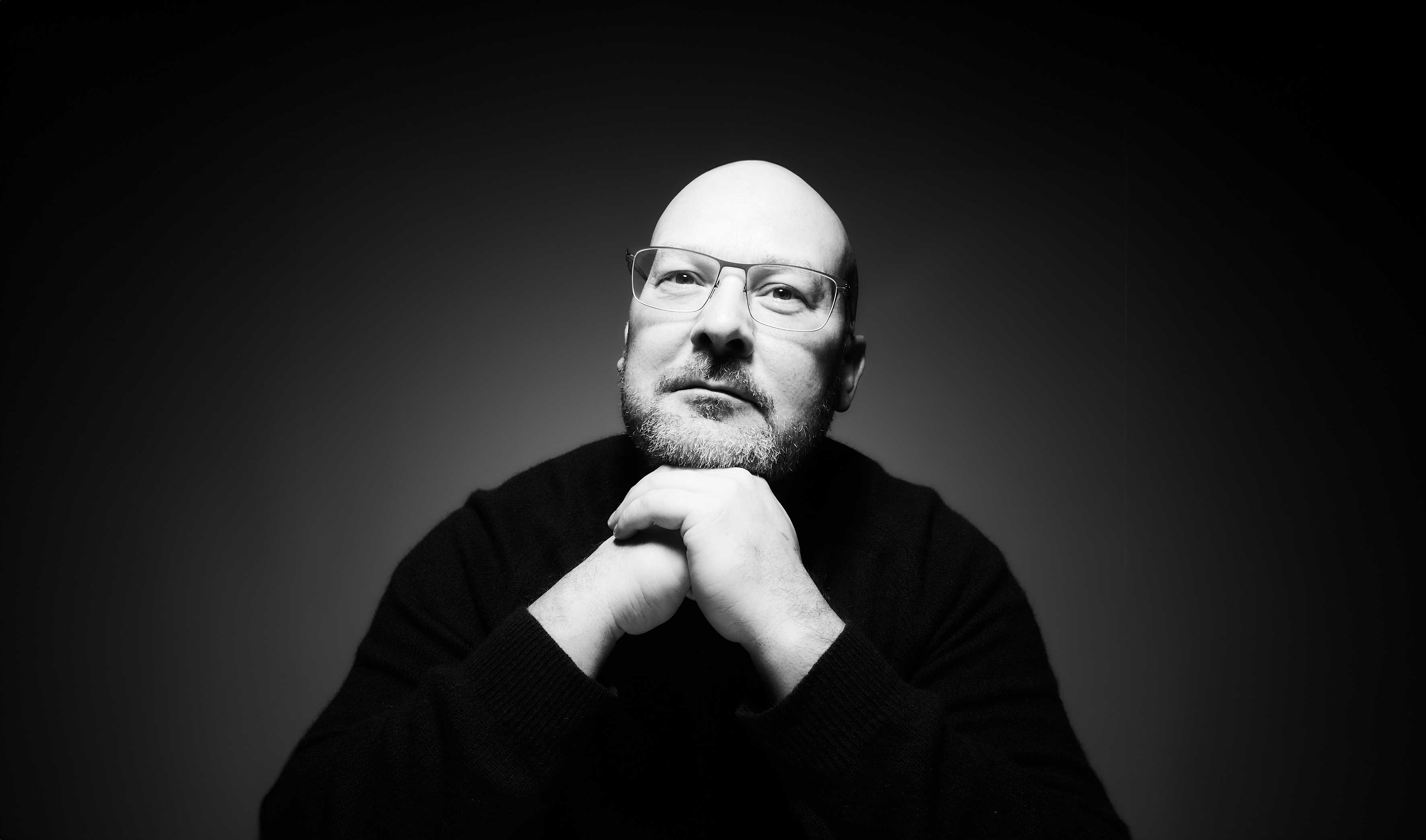
If seeing is believing, then experiencing is understanding. Undoubtedly, experiencing something first-hand converts belief into a close understanding of it. This was the basis with which Retail Trend Futurist Matthew Brown began his ‘Retail Safari’ 20 years ago. It essentially entails taking retail clients on a planned tour that maps best examples of store design and experience across the world.
Driven by specific client needs
What triggered the concept of Retail Safari and what keeps it going? Matthew replies, “Well, the short answer is that my clients want them and they are getting more and more popular, year on year. But the long story behind it is that 25 years ago, when I was in the research intelligence arm of a retail design company, I used to do competition reports for our clients, wherein I would give them detailed reports of their competitor stores. After a point, they wanted to understand, not just their competition, but the best in their category. So I would put together a detailed report on best examples in that category and send it to them. Soon, they wanted something more; they wanted me to not just send the report, but actually present it to them in person and explain it. Once I started doing this, they realised that they actually wanted to visit these stores and experience them first hand. That’s how Retail Safari began and it’s been running for 20 years now.”
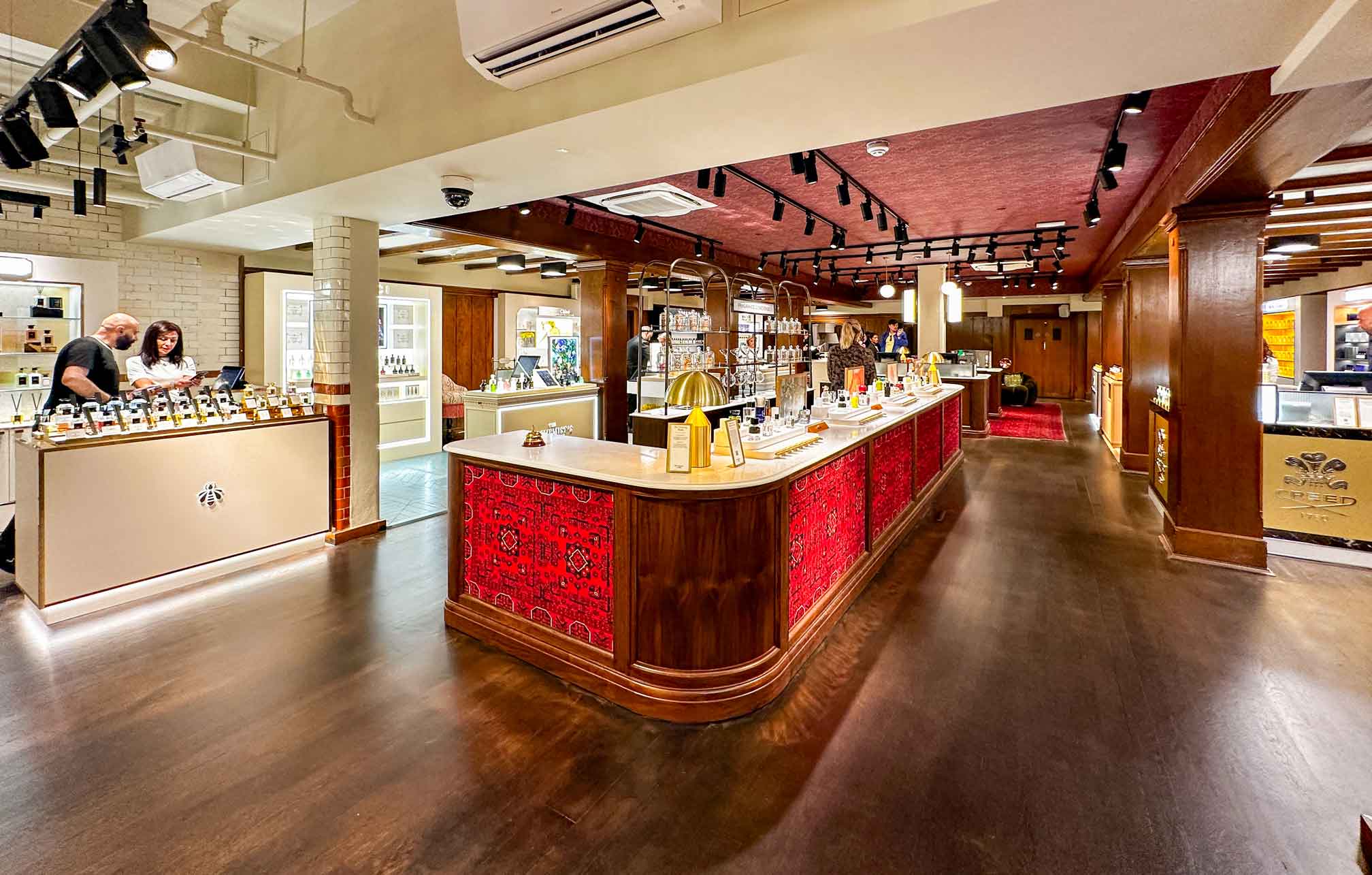
What started as a client query soon evolved into working model for Matthew, constituting almost 60% of his business. And while the pandemic did put the brakes on it, Retail Safari has resumed well post-pandemic, informs Matthew.
The Retail Safari usually stems from a particular client need, usually to explore a retail category in a certain city. “I organize Retail Safaris in key cities across the world – Europe, US, Australia etc. Obviously, there's interesting retail everywhere in the world, but if a client wants to invest their money in flying their teams, they need to have a city, a location where there's a lot of great retail happening to justify it. So, I tend to focus on global cities like London, Paris, New York etc,” explains Matthew.
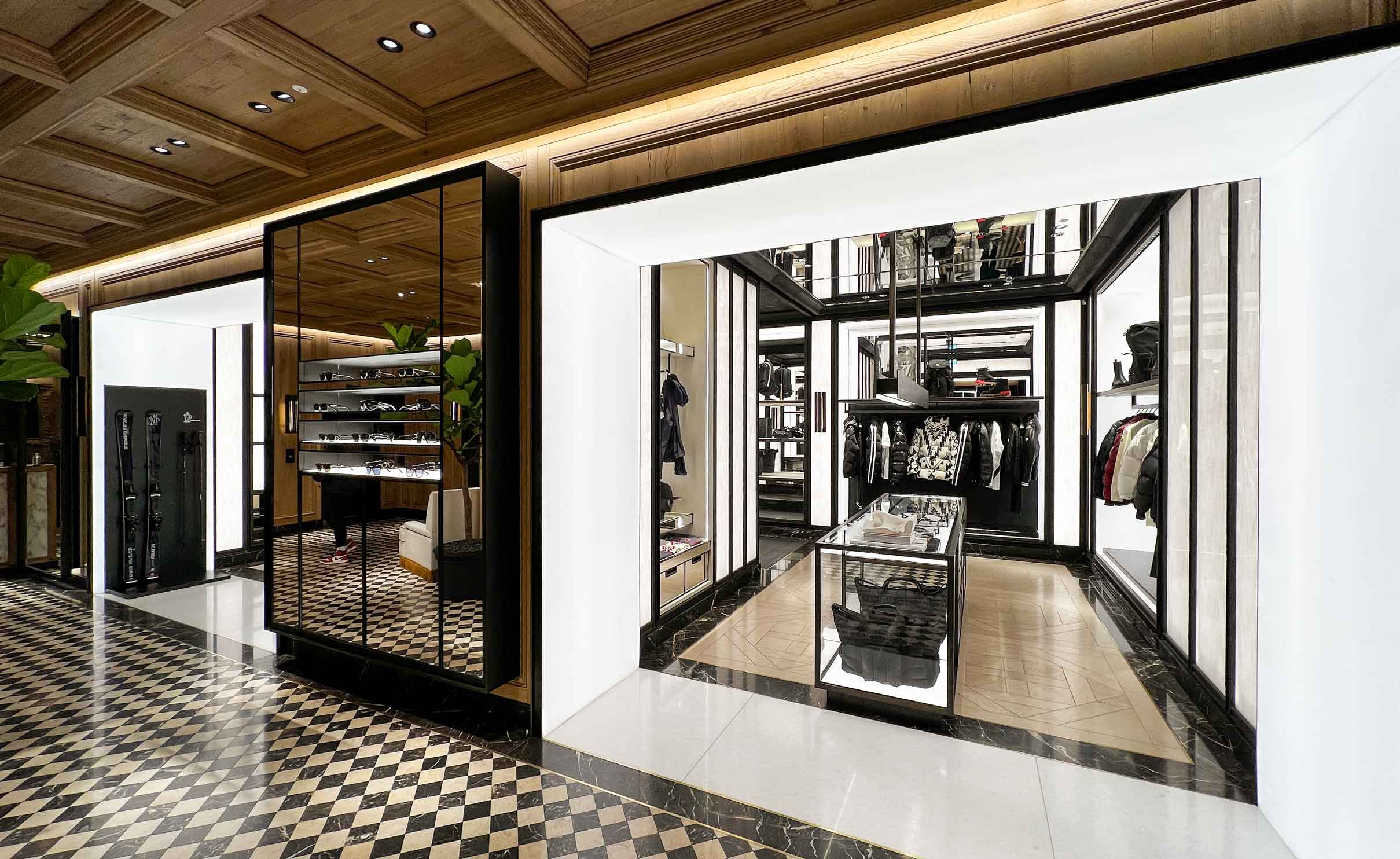
The theme of the curated experience varies, depending on client needs. While it focuses on a particular category like food or grocery sometimes, at other times the themes include retail innovations, sustainability initiatives or just innovative technologies used for customer convenience.
The visits are usually preceded by a visual presentation by Matthew at a chosen venue to set the context for the whole journey. “It's not just about looking at great stores, but about helping clients gain a more realistic sense of what's happening on the ground in that city or about addressing specific requirements related to their projects. Sometimes it’s also just part of their training/motivational initiative to facilitate team bonding, inspiration, learning etc.,” explains Matthew.
‘You can’t afford to be in the mid-level anymore’!
Sharing some of the interesting things he observed during these post-pandemic safaris, Matthew says, “One discernible trend has been the rise of value formats and the corresponding de-growth of mid segment retailers, who have been hit really hard. Value players have been expanding aggressively, focusing on experiential offerings. So we are seeing the rise of a new type of department store in the value sector. We are also seeing online brands getting more and more into the physical store space. So I’d say the physical retail landscape is looking really interesting now. There's a variety of experiences, lot of creativity, collaborations, and a lot of omnichannel integration.”
He adds, “Given the incredible pricing and the agility of online retail, especially in the fashion sector, physical retail has to offer something really different. Offering mid-market products at mid-market prices in mid-market experiences is no longer viable. You have value players offering premium style experiences with okay quality product at very, very cheap prices. And then you have the luxury category offering amazing experiences with great products. So you just can't be in the middle anymore.”
VM as a combined offering & the pop-up opportunity
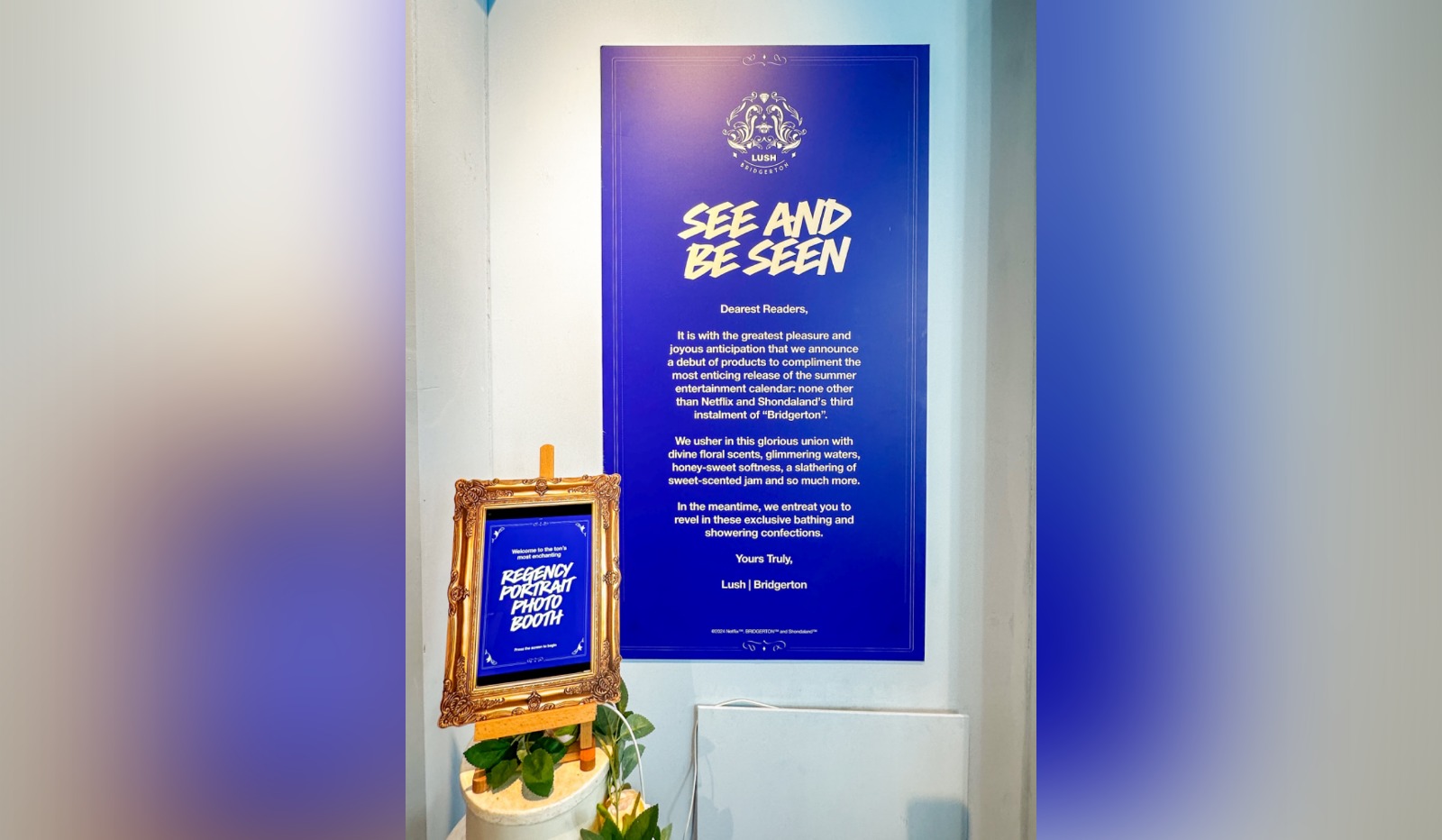
Further sharing his insights on the challenges that retail designers face while delivering ROI to their clients, Matthew says, “One big opportunity lies in combining retail design with visual merchandising services, wherein you can offer solutions that are less capital intensive, and adaptable. There's a huge amount of untapped creativity with visual merchandising where you can do some really amazing things with very low-cost materials.”
Here he also points to the huge opportunity with pop-up retail, because it's necessarily on a lower budget, and it also forces more creativity, as he points out.
“Luxury brands are using pop-ups as a new kind of marketing tool and we are seeing some super innovative holiday pop-up stores in locations that target luxury customers,” shares Matthew.
He adds, talking about the benefits of strategic design that is agile and cost effective, “Retailers are prepared to spend money on one prototype flagship, but they would certainly want to reduce cost on a rollout. But the problem with that is that it erodes the whole experience. So it's better in a way for design to take into account cost limitations right from the beginning and make it sustainable for all of the stores.”
The best technology is what customers have in their hands!
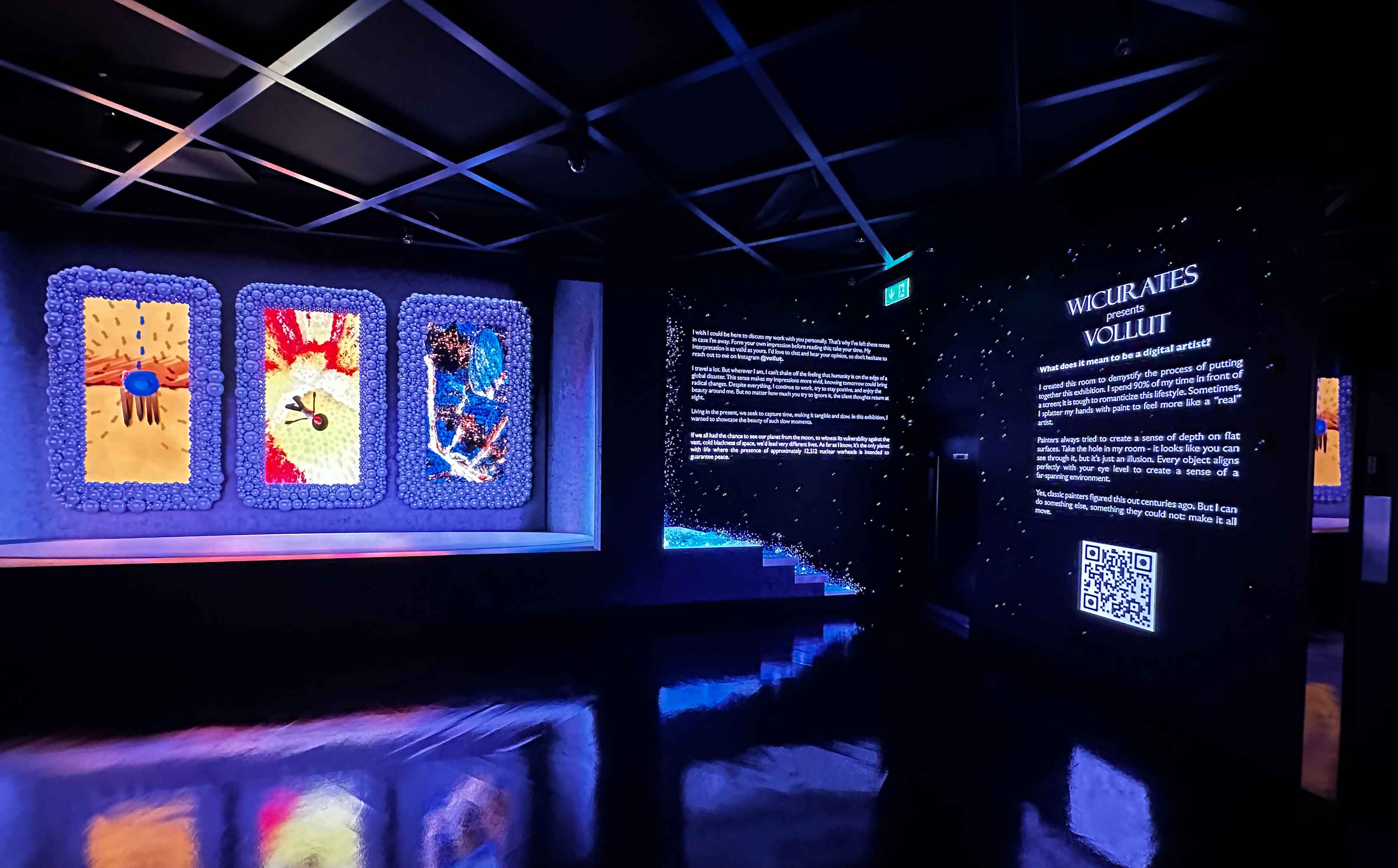
Further in the context of making store design count and the role of technology integration, Matthew says, “Technology is only worth using if it adds something very important operationally or financially to the retailer or adds value to the customer shopping experience. Adding internet touch points for customers inside stores is an absolute waste of money. No one uses them, and they break half the time. What customers are holding in their hands is far more powerful than anything you can provide in store.”
He also highlights the role of QR Codes. “Funnily enough, the best return on investment you can do is probably just a simple QR code on printed point of sale. Since the pandemic, the whole world has been used to using QR codes and the real investment here is just creating amazing content. Marks and Spencer has been doing it very well. Their QR codes provide great content that conveys their focus on ethical sourcing, their efforts to reduce carbon footprint, etc.”
Further, hitting the nail with precision when it comes to the question of technology use, Matthew adds, “A lot of retailers seem to be using tech for gimmicks. And I see a lot of supermarkets using those digital screens. Personally, it doesn't make me feel very excited and I don't think customers pay much attention to them either. If you're going to put up digital screens in store, then you've got to have amazing content. And there are some great examples of retailers using digital content. But like I said, the real value is in connecting customers to their own phones, like what Nike does with its app, facilitating a hybrid model. So, the first thing I'd say to a retailer is think very carefully before using technology. And if you really want to save money, just to do the cheaper things that have better impact.”
‘No algorithm can match human art and science’
Finally, summing up his thoughts on the game changers for retail, Matthew says, “I think we are going to see more and more immersive experiences, probably ones that are more tailored to customers. So, it will be about enabling a more personal experience using technology. One of the biggest problems with retail, both online and offline, is too much choice. So the real job of retail is about being able to present meaningful and inspiring ways of making customers want to pay more. It has to be about creating surprise and delight. Retail is a wonderfully creative industry, it's not just science and it’s not just about numbers. It's about giving customers something new that makes them go wow and makes them think. There's no algorithm that can accurately predict that. You can harness the power of algorithms, but ultimately it's a human art and science.”
Pics Courtesy: Matthew Brown

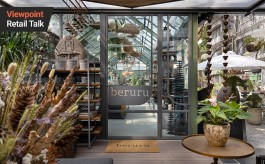
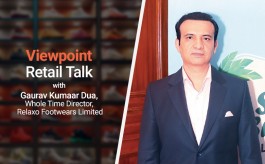
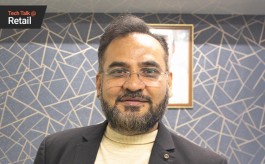
_140_270.png)
_140_270.jpg)
_140_270.jpg)


Comments